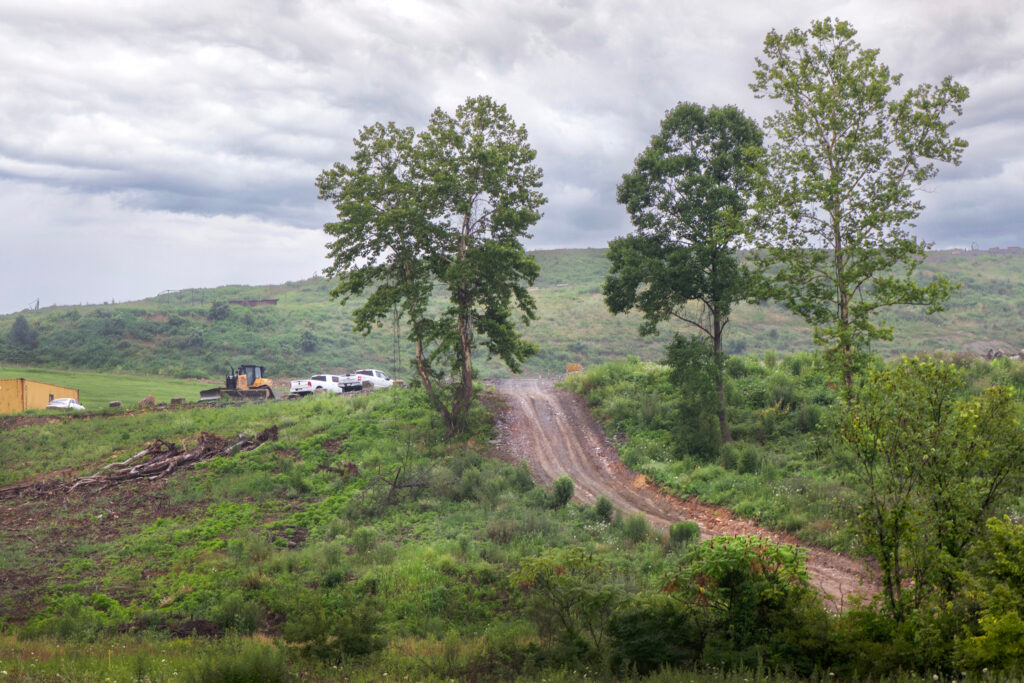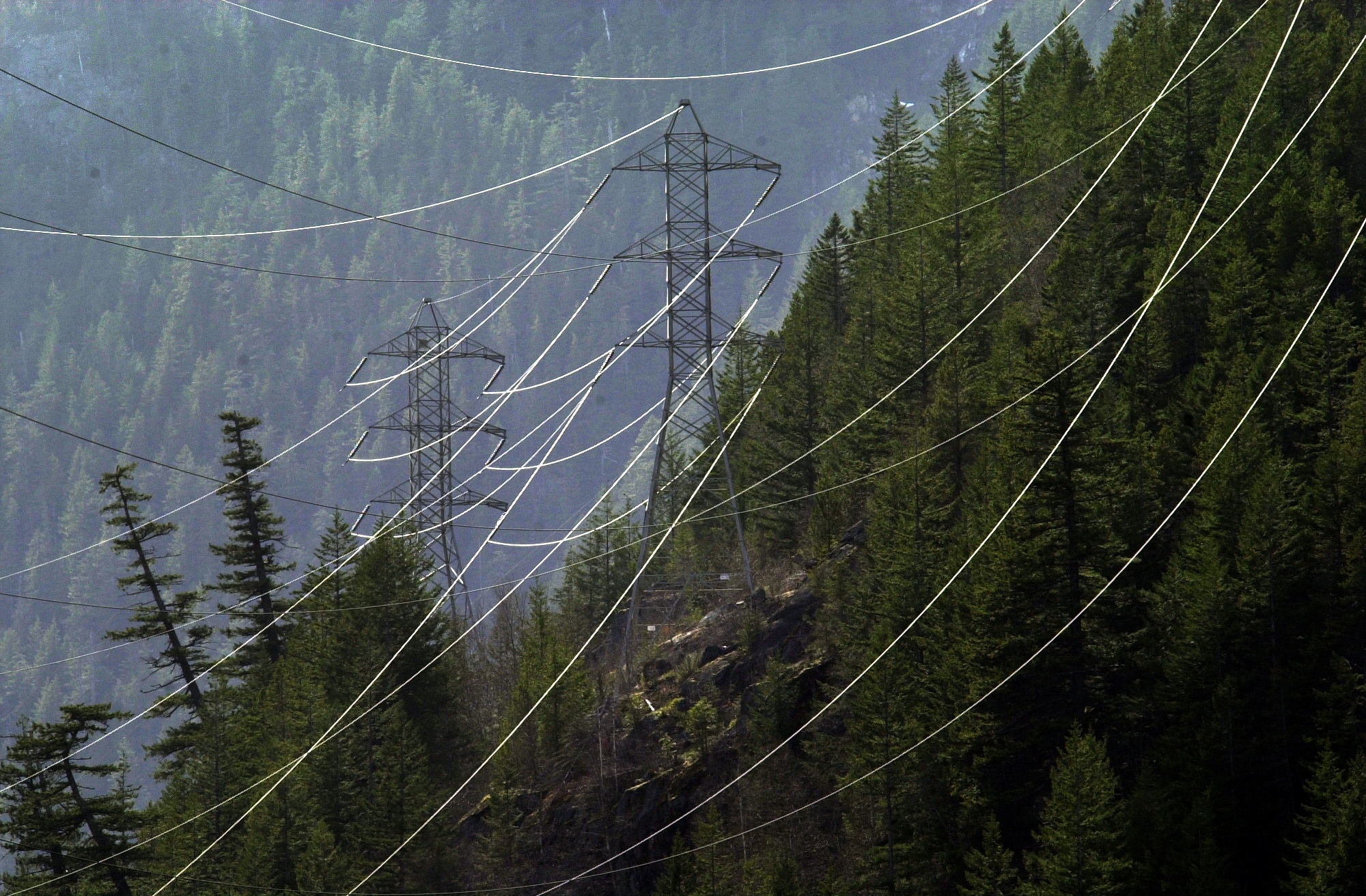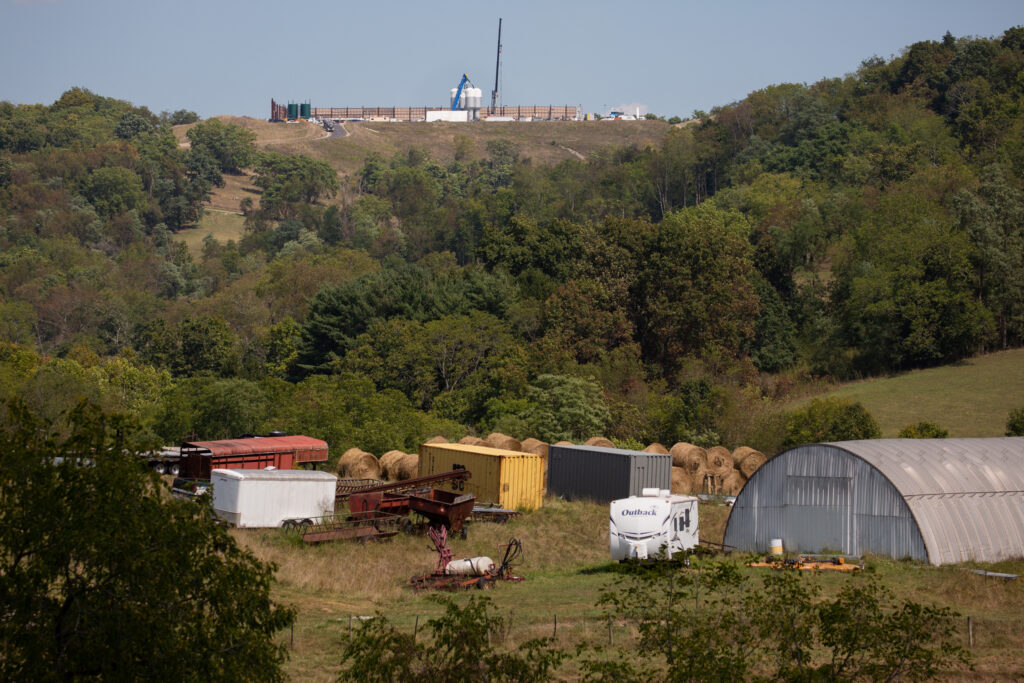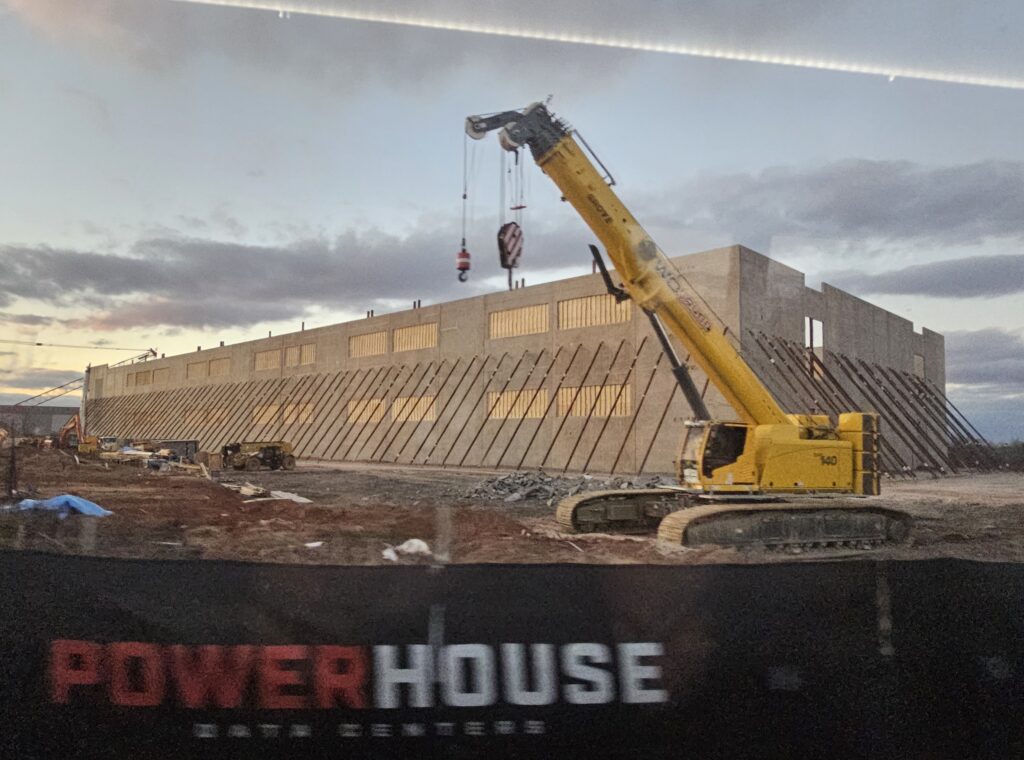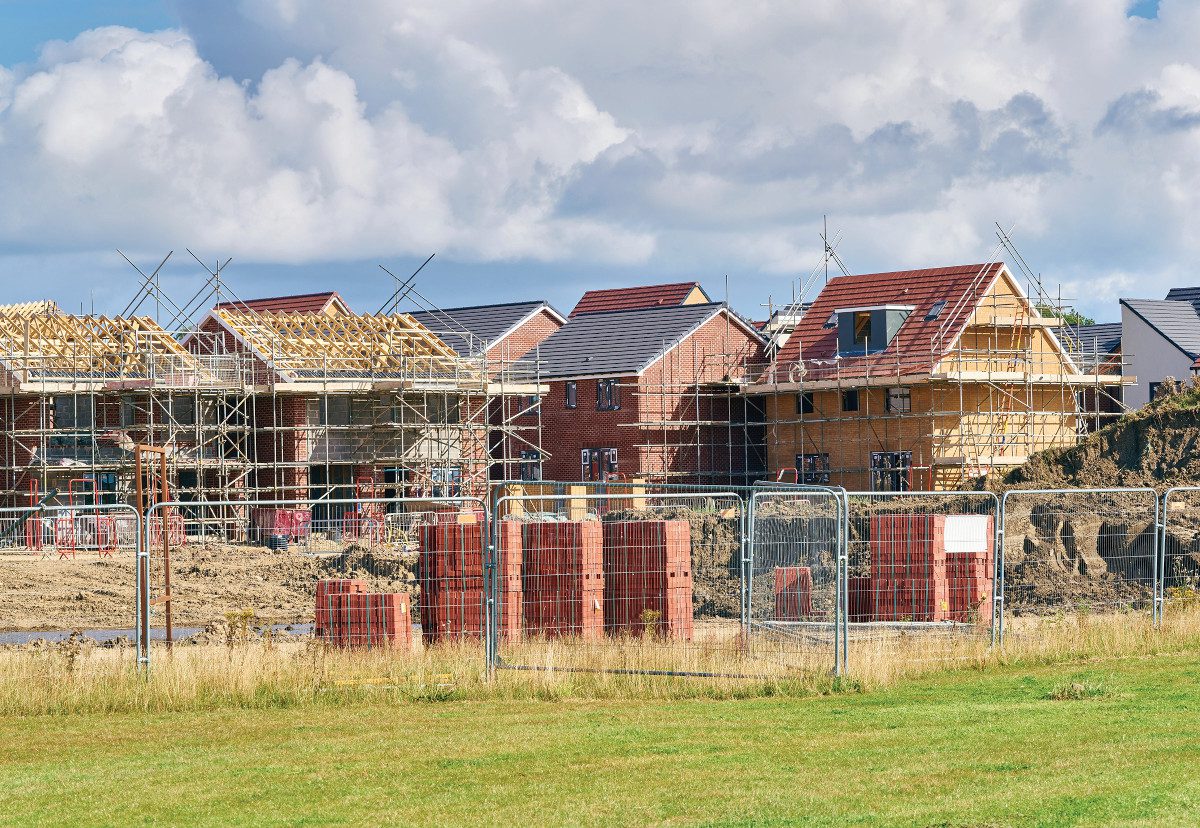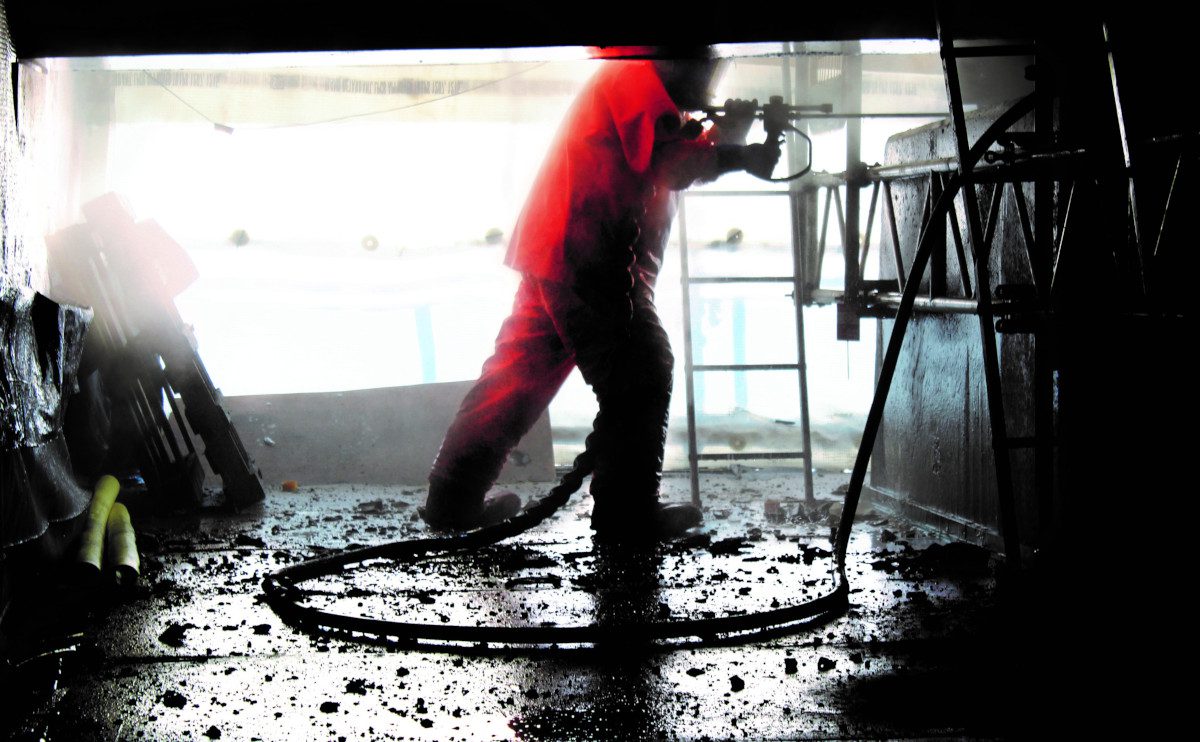Should the West become a proving ground for fledging carbon capture technology, or bolster conservation and land management projects that naturally sequester carbon emissions?
“Both” was the conclusion several Western states reached last month when Wyoming Governor Mark Gordon released a “Decarbonizing the West” report, intended to foster bipartisan support for ways western states can shrink their carbon footprints. The report focused mainly on how western states can help pioneer industrial and natural methods of removing carbon from emissions and the atmosphere. But it made few mentions of how the region could ramp up its transition to renewable energy to reduce the carbon-loaded emissions warming the atmosphere.
The report was released by the Western Governors’ Association, which Gordon currently chairs, a position that rotates through 18 other governors from states west of Louisiana and territorial governors from American Samoa, the Northern Mariana Islands and Guam. Gordon chose decarbonization for the focus of his report because “he is an all-of-the-above energy policy leader, focused on the necessity of ensuring hungry power grids continue to be fed—for the good of his home state and the nation,” his office said in a prepared statement.
Decarbonizing the West proposed two pathways western states could pursue to lower their carbon footprint, one using technologies, some of which are still being developed, and the other using nature. The high-tech approaches include carbon capture, utilization and storage, a nascent industry that hopes to one day pull millions of tons of the planet-warming carbon dioxide out of the atmosphere, as well as technologies already being implemented to capture carbon from smokestack emissions. The natural methods would use conservation, rewilding and even resource extraction projects to help nature absorb and sequester more CO2.
Explore the latest news about what’s at stake for the climate during this election season.
These decarbonization tactics are being developed with varying degrees of urgency in Wyoming, which has poured hundreds of millions of taxpayer dollars into ambitious, unproven carbon capture technology while spurning clean energy funding. And, despite its commitment to use nature to draw down atmospheric carbon, Wyoming has strenuously objected to new federal guidelines that would elevate conservation to the same status as industrial development in public land management decision making.
Fossil fuels and their accompanying emissions, which are largely responsible for the increasing atmospheric carbon driving climate change, were not under much scrutiny in the report. Instead, Gordon used the document to shift focus away from “curtailing the use of fossil fuels” across the West towards strategies and policies Western states could adopt to commodify emissions sequestration efforts.
“We should be decarbonizing by using all the technologies at our disposal to emit less carbon in the first place,” said Rachael Hamby, a policy director for the Center For Western Priorities in response to the report’s lack of plans to reduce fossil fuels emissions. Hamby, however, applauded Gordon and the rest of the Western Governors’ Association for tackling a politically and technologically fraught topic.
In the technological carbon sequestration sector, which includes carbon capture (sucking carbon from industrial emissions), CO2 removal (pulling carbon dioxide out of the atmosphere) and carbon “conversion” (using carbon to create chemicals, fuels or building materials), the report recommended western states “support large-scale technology development” for carbon capture and removal, and urged federal agencies to make more money available to subsidize such projects to help the industry “demonstrate commercial feasibility.”
Focusing on carbon capture is not completely without merit, said Monika Lenninger, director of external affairs and climate policy at the Nature Conservancy. “I appreciate the focus on those technologies because I think they’re an important part of the picture,” she said. Leininger noted that the Intergovernmental Panel on Climate Change, the world’s foremost collection of climate scientists, has studied carbon capture and concluded it may be necessary to develop the technology in order to limit Earth’s warming to 1.5 degrees Celsius.
“We are at a point where some of this must happen whether we like it or not.”
Carbon capture technology should be used as a last resort in sectors where emissions are difficult to eliminate, like construction, Hamby said.
“The window in which we could have avoided some of these carbon capture technologies is now closed,” she said. “We are at a point where some of this must happen whether we like it or not.”
While industrial approaches to carbon capture have long found a home in Wyoming, nature-based approaches have not received as much attention in the state. That’s partly because, “despite being highly effective management strategies, many of these approaches do not have clear, scientifically backed methods to quantify their carbon sequestration benefits,” the report said, making them difficult to monetize and finance.
To help combat the unreliable nature of the carbon offset market, the report recommended the federal government “develop innovative carbon finance mechanisms to provide upfront capital to landowners seeking to implement projects.”
But just because nature-based sequestration projects aren’t as easy to monetize doesn’t mean they shouldn’t be a priority, Hamby said. “The goal is to decarbonize the West and the country and the globe to avoid the most catastrophic impacts of climate change, whether that’s profitable or not.”
One area that may benefit from being integrated into the market is wildfire management in forests. After a century of snuffing out all forest fires, regardless of their size, threat to people or whether they were naturally occurring, forests across the West have become “overstocked” with large amounts of biomass that have little economic value. Western states and federal agencies should help create a market for biomass carbon removal and storage processes—burning timber cut from forests as part of fire hazard reduction efforts to produce energy, and capturing and storing the resulting carbon emissions—the report said.
This story is funded by readers like you.
Our nonprofit newsroom provides award-winning climate coverage free of charge and advertising. We rely on donations from readers like you to keep going. Please donate now to support our work.
Donate Now
Looking for ways to make natural carbon sequestration a profitable industry is in keeping with Wyoming’s attitude towards the energy transition.
“Our state is so dependent on fossil fuels. We don’t really have many [tax revenue] options outside of tourism if fossil fuels continue to decline,” Leininger said. As a result, when the federal government proposes a new rule about how lands in Wyoming will be managed, as with the Bureau of Land Management’s proposal last month that would elevate conservation to the same level of priority as resource extraction, it often sparks “a lot of fear,” she said. “I think that’s why you see that reaction, even though I know that Wyoming people do value conservation, and people do value open spaces.”
The recommendations proposed in the report—federal agencies prioritizing conservation grants for small farmers and increasing and restoring Western timber mill infrastructure—are in-keeping with initiatives already underway in the state, Leininger said.
Just days after Gordon released the report, he sent a letter to Secretary of Agriculture Tom Vilsack expressing frustration over the U.S. Forest Service’s national old growth amendment, which would prohibit managing old growth trees for economic purposes. Recent research suggests old, mature trees are some of the best at storing CO2, accounting for about 10 percent of the worldwide emissions stored across ecosystems. But prior to Vilsack’s announcement late last year, the Forest Service had been criticized for selling logging concessions that allow the harvest of old-growth by the timber industry.





